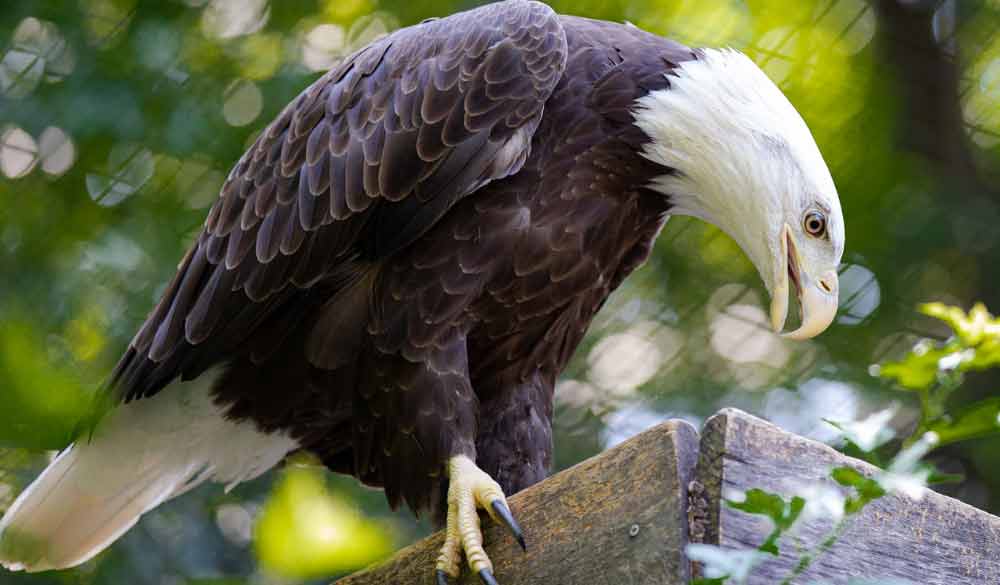Meet Our Animals
The Brandywine Zoo proves that great things do come in small packages. The Zoo features animals from the tropical and temperate areas of North and South America, Asia and Africa. Our animals range from more common species to the highly endangered. All enjoy natural settings and welcome your visit to the zoo. Some animals may be off exhibit during cold weather.
Haliaeetus leucocephalus
Bald Eagle

Habitat
Geographic Region & Range
Diet
Physical Description
Mature adult bald eagles have dark brown bodies and wings with distinguishable white heads and tails. Their beaks and legs are a bright yellow. Like many birds of prey, females are larger than males.
Lifespan
Natural Habitat: 15-20 years
Under Human Care: 20-30 years
Threats
Status

What are AZA Zoos doing for
Bald Eagle
Bald Eagles are not in a managed breeding program because they are so readily available from wildlife rehabilitators. In fact, US law prevents zoos from exhibiting releasable bald eagles at all. This means every Bald Eagle, in every zoo, aquarium, nature center, or other setting in the US, is a non-releasable individual. Some of these birds may have wing injuries, eye injuries, developmental problems (such as becoming imprinted), or other health issues caused from such as lead poisoning or other things. In giving these non-releasable birds a second chance, they can act as ambassadors for their species and teach the public about the issues they face in the wild.
Fun Facts
Bald eagles build the largest nest of all birds. They are up to 4 feet deep and 6 feet in diameter.
Dichlorodiphenyltrichloroethane, commonly known as DDT, is an insecticide that poisons wildlife and weakens the shell of bald eagle eggs and prevents them from hatching.
The United States declared the bald eagle as the national symbol when the great seal of the US was adopted in 1782.
The bald eagle is the only eagle native to North America.
Bald eagles develop their white head feather when they are 4-5 years old.
They can survive without food for several days. When food is available, bald eagles often gorge and store food in their crop for later digestion.
